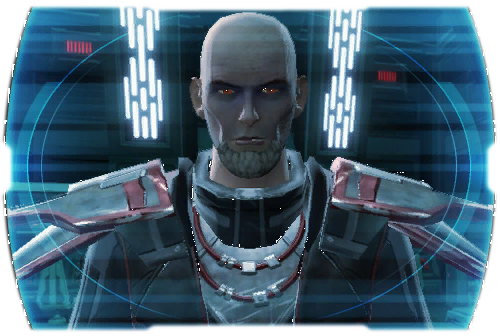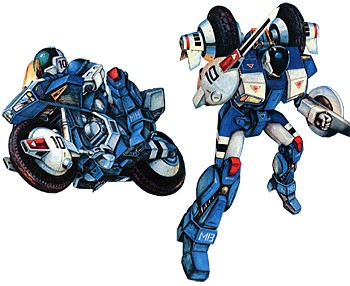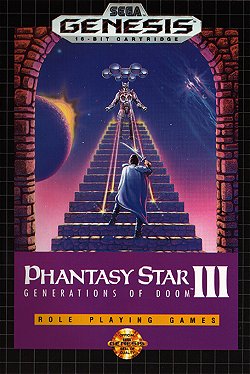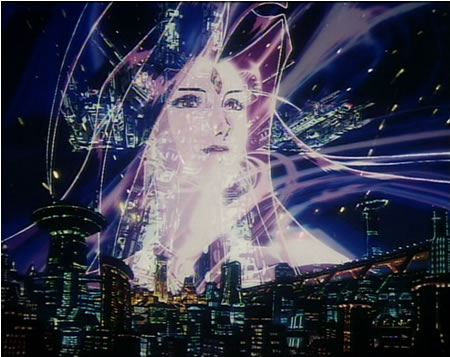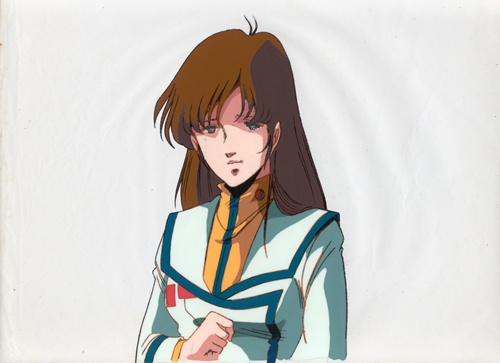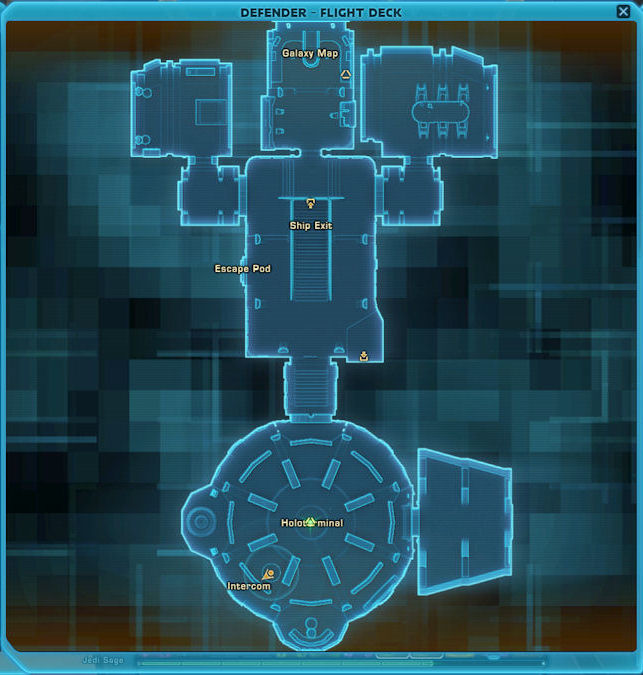 For the life of me I have never understood how anyone could say they have no regrets. The very act of making choices leaves one with a road not taken. The very act of living entails giving something up. Regret figures heavily in The Last Unicorn, one of the defining traits of the Unicorn is that she feels no regret. It's part of what makes her other than human (you know, outside of being a magical quadruped). The Unicorn has a lot of negative experiences she one would think might cause her to regret her choices. However, it's only when she is takes on human form and then changes back into a Unicorn that we see her understand regret.
For the life of me I have never understood how anyone could say they have no regrets. The very act of making choices leaves one with a road not taken. The very act of living entails giving something up. Regret figures heavily in The Last Unicorn, one of the defining traits of the Unicorn is that she feels no regret. It's part of what makes her other than human (you know, outside of being a magical quadruped). The Unicorn has a lot of negative experiences she one would think might cause her to regret her choices. However, it's only when she is takes on human form and then changes back into a Unicorn that we see her understand regret.Initially, the change is a desperate attempt by Schmendrick to save the Unicorn. During her first encounter with the Red Bull, she freaks out and the beast nearly send her into the sea. It's a brilliant idea, as the Bull discards her immediately. The plan works and Amalthea, along with Schmendrick, Molly and Lir, find the Red Bull and confront him. Schmendrick returns the Unicorn to her natural form and she chickens out again. Lir tries to get between them and is mortally wounded. This causes the Unicorn to snap out of her fear and drives the Red Bull into the sea the way it did to the Unicorns. Her brethren take this as their cue to re-materialize out of the surf and stampede out of the sea.
The transformation from Unicorn to Amalthea interests me on multiple levels. First, it feels like a price she must pay to fulfill her quest. Second, it's fascinating how the 'fake' identity of Amalthea becomes real. The transformation starts on the outside and works its way in. It's as if walking around in a human body has given her a human heart and a human mind. Even King Haggard starts to notice. The first time he creepily gets in her space, he sees the Unicorn's home forest in Amalthea's eyes. The second time he accosts her he sees his own reflection, which pisses him off. Falling in love with Haggard's son, Lir seems to have helped things along. While it is may seem obvious that the romantic connection between the Lir and Amalthea is what makes her identify as a mortal being, I'm not sure it's that simple. Lir only loves her because she's a pretty, human-looking princess. Love, for all its poetry is a superficial process.
Now that she has regained her immortality, the Unicorn will spend that eternity wondering what might have been had she abandoned her people to their watery prison and walked away from her quest. She would have lived a finite human life at Lir's side... wondering what might have happened had she faced the Bull and freed the Unicorns.That is why I can neither accept nor believe those who claim to live without regret. Every choice great or small carries with it the weight of what might have been. What the Unicorn shows in her final conversation with Schmendrick is that she can carry that burden with grace and dignity.

